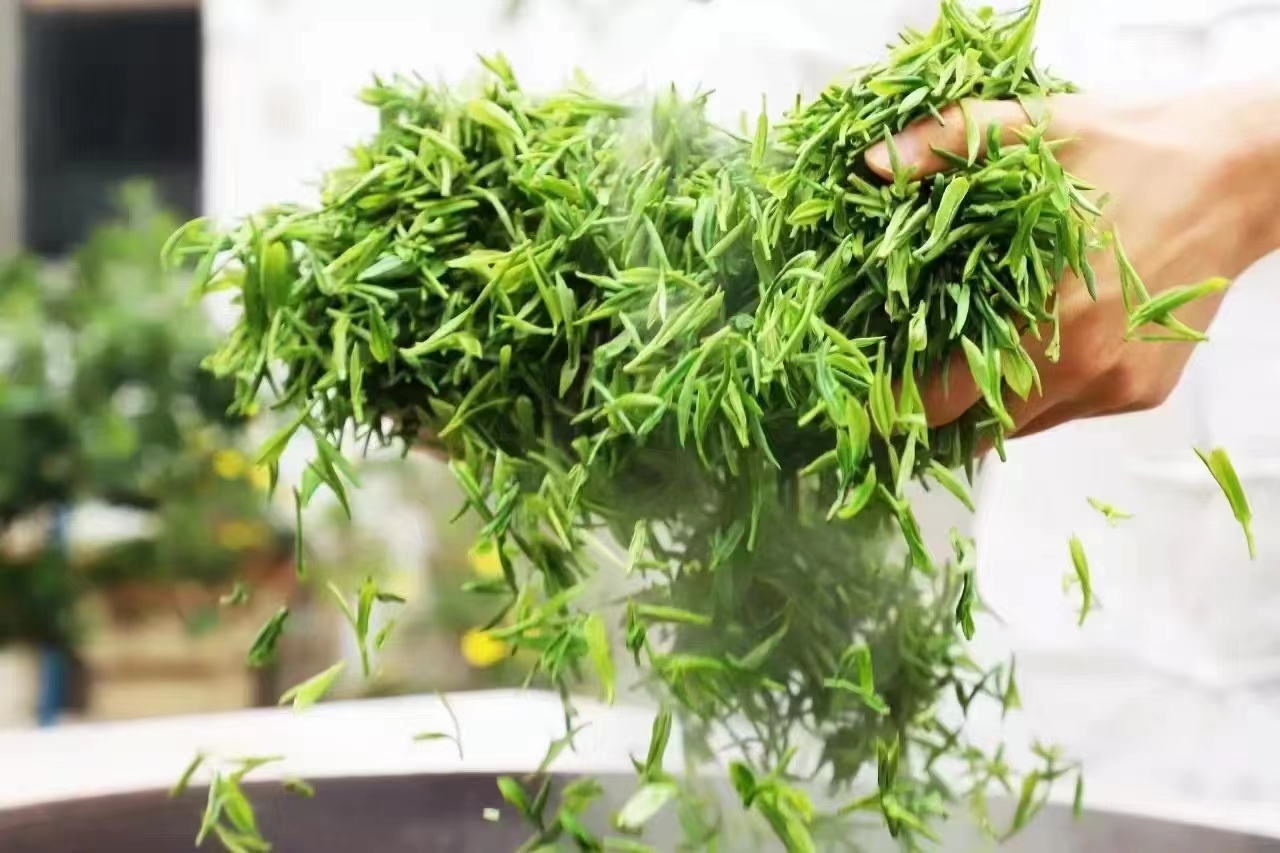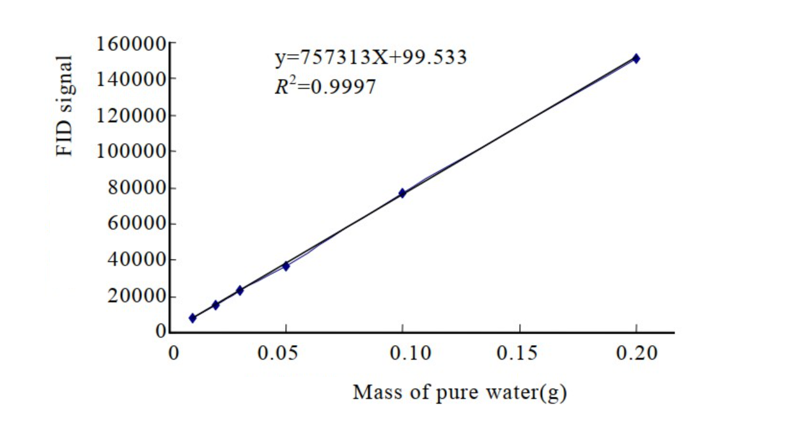Low-field NMR technology is a fast, accurate and non-destructive testing method, which can be used for the determination of water content in tea.
Application Background
The moisture content of tea leaves is an important factor affecting its quality. In a series of tea-making processes, there are high requirements for the moisture content of both in-process tea leaves and finished tea leaves. Therefore, the rapid and accurate determination of tea moisture content is of great significance for tea production.
The current standard method for determining the moisture content of tea leaves is the electric heating constant temperature oven drying method as the national standard, which includes the constant weight method at 103°C (arbitration method) and the drying method at 120°C (quick method). These two methods have the characteristics of high stability, small error and high accuracy, but both take a long time, and the time used is several hours, which cannot meet the requirements of rapid measurement.
Low-field NMR has also been gradually applied in the food field due to its advantages of low price and rapid non-destructive testing. In NMR techniques, the most widely detected are the hydrogen protons. This is because hydrogen atoms are highly abundant in nature, and the NMR signals generated by them are strong and easy to detect. Food always contains water, and many chemical changes in food are related to water. The level of water content is an important indicator to reflect the quality of food. It is feasible to use NMR technology to determine the water content in food.
The low-field NMR was used to determine the water content of tea leaves. Since the FID signal amplitude is proportional to the density of hydrogen protons in H2O, it can be calibrated according to the known mass of water as the standard sample, and the FID signal amplitude can be measured and fitted as curve, and then measure the FID signal of a certain quality of tea samples under the same conditions and calculate the moisture content of the tea leaves according to the fitted curve. The NMR method was compared with the value measured by the national standard 103 ℃ constant weight method, and the accuracy and stability of the NMR method for determining the moisture content of tea were analyzed.
Compared with the constant weight method at 103 °C, the NMR method is easier to operate. The NMR method only needs to weigh a certain mass of tea leaves and put it into the NMR instrument when the standard sample is determined, and it can be measured in one or two minutes. It is more convenient to get the exact value.
 NIUMAG
NIUMAG

